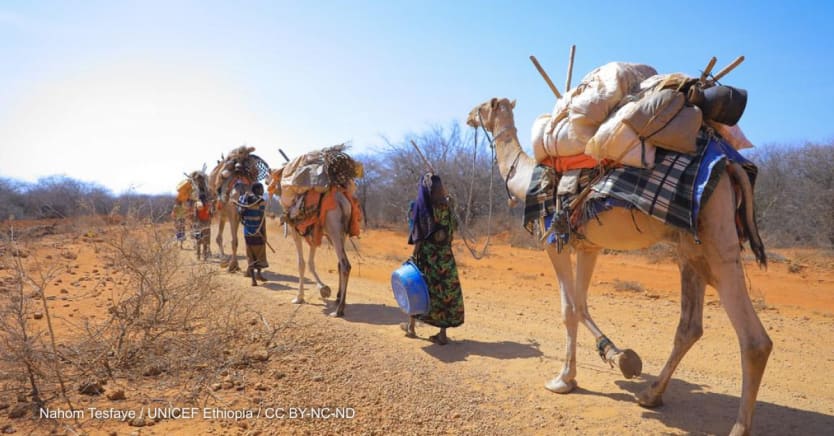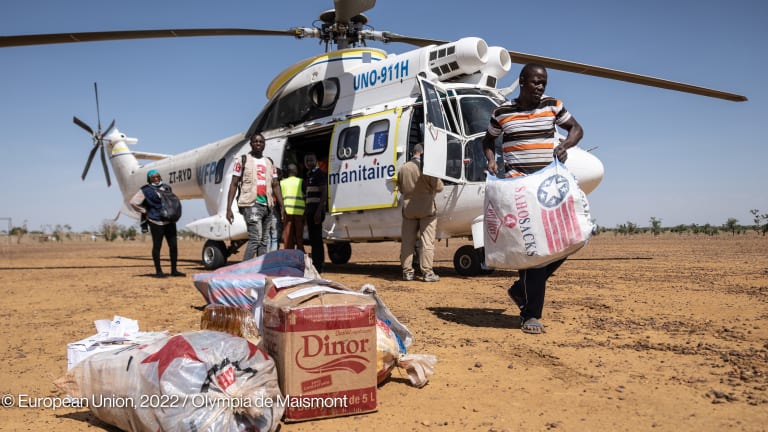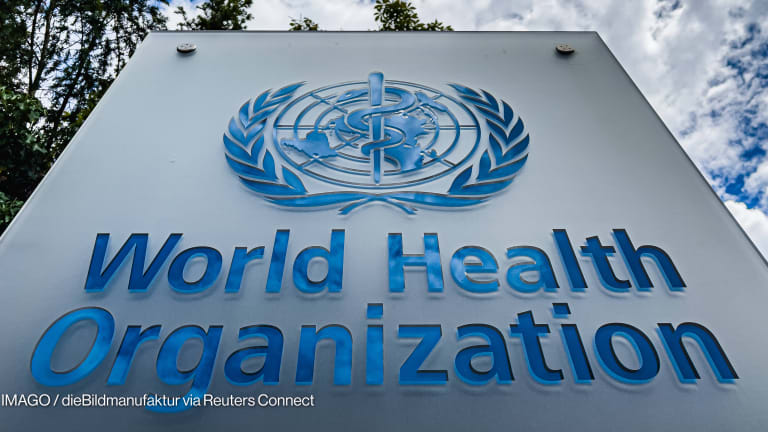
The World Health Organization has classified the drought in the Horn of Africa as a grade three health emergency — the agency’s highest crisis ranking. This is the first time in the history of WHO emergencies program and this grading system where a drought and food insecurity crisis have reached this level of emergency, a spokesperson for WHO told Devex. The organization began grading emergencies in 2011.
The region is experiencing the worst drought in 40 years, following four failed rainy seasons. The World Food Programme warns 330,000 children in Somalia could die from starvation. There is a “concrete risk” of an unprecedented fifth failed rainy season in October.
“Many families have left their homes in search of food, water, and pasture. The implications for health are severe. Malnourishment can have a lifelong impact on health and makes people increasingly vulnerable to disease. Severely malnourished children are nine times more likely to die of diseases such as cholera and measles,” said Dr. Tedros Adhanom Ghebreyesus, WHO director-general, during a press briefing last week.
Drought is a normal occurrence in the region, but the time between severe droughts is narrowing, with climate change exacerbating the frequency and severity.
“The health risks and needs of the population are increasing, while at the same time people are facing many barriers to accessing health services as their resources dwindle and they are forced to leave their homes in search for food, water and pasture. We can expect many people to die unless the humanitarian health response is scaled up,” a WHO spokesperson said.
When WHO triggers this level of emergency, it means it will mobilize teams from all levels of the organization to respond.
“Emergency funding will be allocated from WHO internal contingency resources to jump-start the response and meet immediate needs in countries. Further resources will need to be raised to respond to this pressing crisis. We are putting together a strategic response plan, which will guide our activities across the three levels,” the spokesperson said.
WHO made this declaration on May 20, and it applies to Djibouti, Eritrea, Ethiopia, Kenya, Somalia, South Sudan, Sudan, and Uganda.
The crisis in Ukraine is exacerbating the food insecurity in the region, as prices of food skyrocket. During the last immense drought in the Horn of Africa, humanitarian groups were able to effectively respond and prevent millions of people from entering famine. “We need a similarly strong response now, to avert a tragedy,” the spokesperson said.
Other preexisting crises globally considered grade 3 emergencies include the COVID-19 pandemic, and the following countries that are experiencing conflict: northern Ethiopia, Afghanistan, Ukraine, Syria, the Democratic Republic of Congo, Somalia, Yemen, and South Sudan.
Update June 24, 2022: This piece has been updated to reflect the year WHO began grading emergencies.









